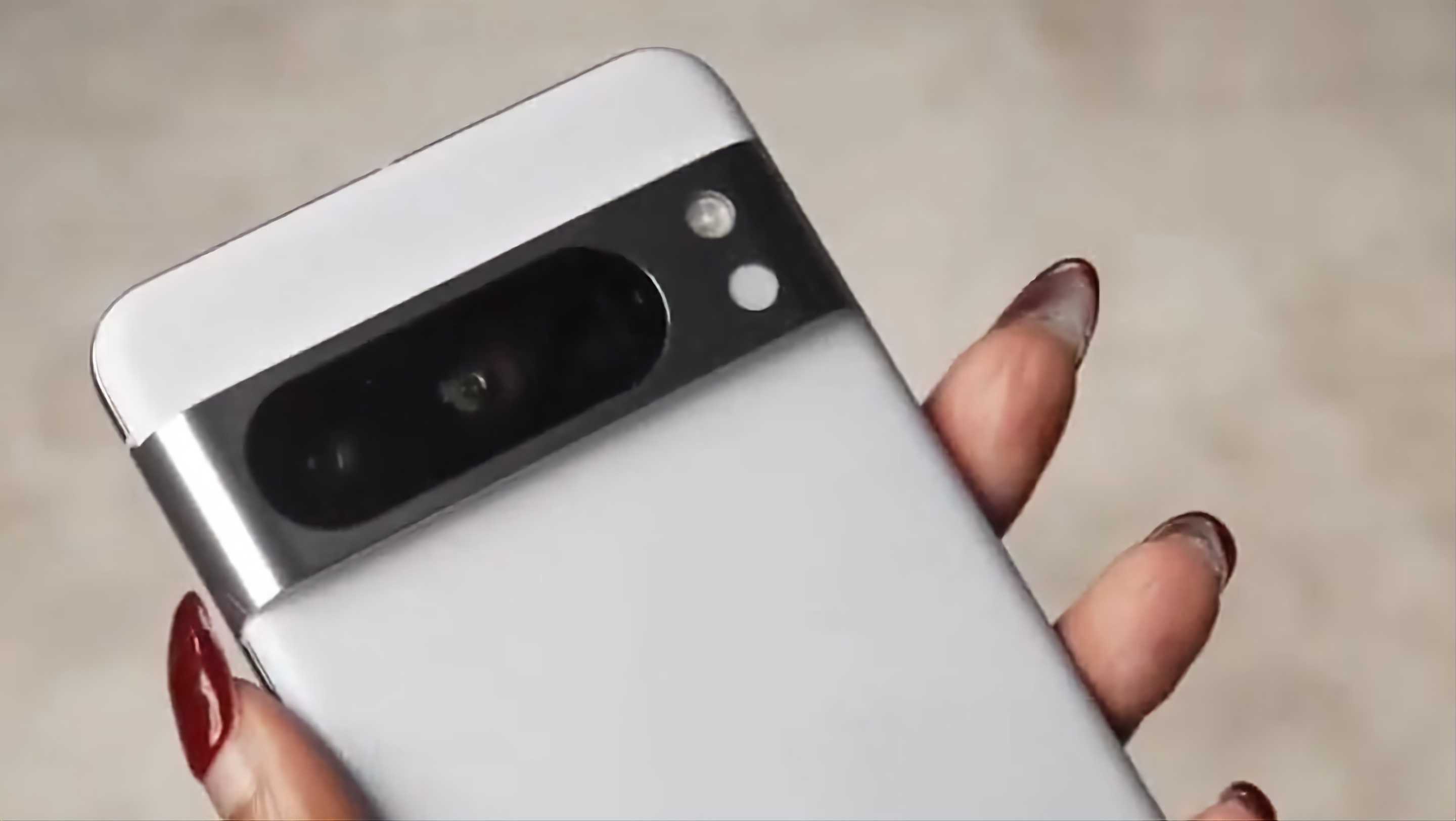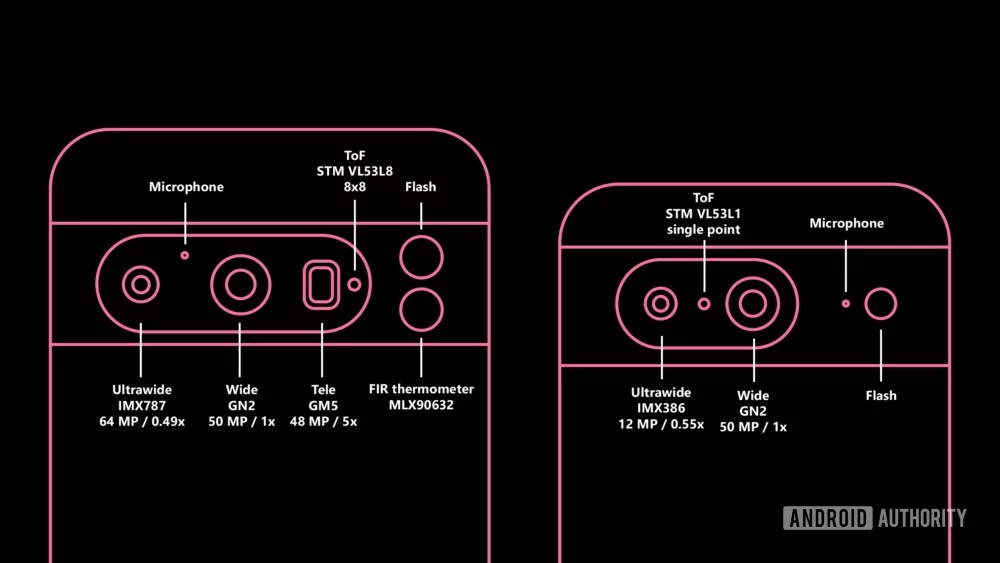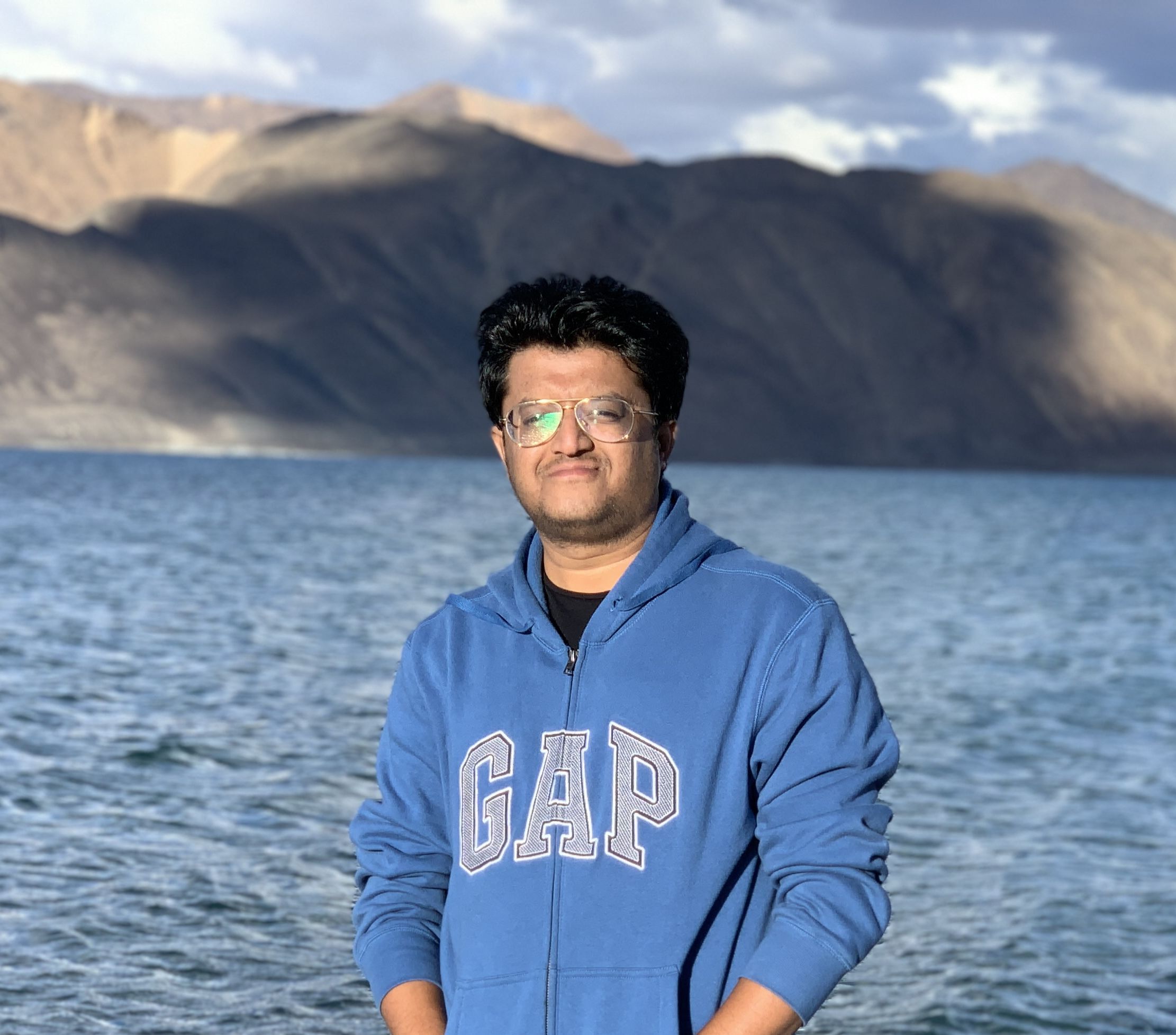Pixel 8 Pro leak points to several camera upgrades
Full camera specifications leak reveals everything to expect from Pixel 8 cameras.

What you need to know
- Google Pixel 8 series could see huge camera improvements this year.
- A new leak reveals the Pixel 8 Pro may utilize the ISOCELL GN2 for the primary lens and a 64MP Sony IMX787 ultra-wide angle lens.
- We could see multiple enhancements in the software side of things, along with a new time-of-flight sensor.
Google Pixel 8 series are the next premium offering from the company set to unveil this fall. While we have seen several leaks and renders of the devices, a new leak reveals what to expect from the new cameras on the Pixel 8 and the Pixel 8 Pro.
The leak comes from Android Authority, which claims to have obtained insights into the camera's specifications from a source inside Google. According to the new leak, both models are set to gain several improvements compared to their predecessors, the Pixel 7 and Pixel 7 Pro.
The first is the inclusion of the new Samsung 50MP ISOCELL GN2 sensor, which will likely serve as the primary lens on both the upcoming Pixel models. It is a larger sensor that can capture 35% more light than the previous model, ISOCELL GN1. This could mean we can expect brighter lower light images and the fastest shutter speeds.
This isn't the first time the Pixel 8 series has been rumored to include this sensor, so it's beginning to seem more likely.
The new sensor is capable of shooting 8K at 30fps, and the accompanying Tensor G3 will likely support it. However, the AA report notes that GCam does not support it yet.
Other improvements include a new 64MP ultra wide-angle camera on the alleged Google Pixel 8 Pro. This would change from the current 12MP Sony IMX385, offering the same IMX787 sensor found on the recent Google Pixel 7a. The new ultra-wide sensor is bigger, and Google is apparently making it wider on the Pixel 8 Pro. Further, it could also include an increase in zoom ratio from 0.56x to 0.49x, notes AA.

Interestingly, the Macro Mode introduced on the Pixel 7 series doesn't appear to be present on the Pixel 8, although it's possible this may be enabled at some point.
Be an expert in 5 minutes
Get the latest news from Android Central, your trusted companion in the world of Android
As for the standard Pixel 8, it carries the same Sony IMX386 ultra wide angle lens as seen in the Pixel 6 and Pixel 7, but it seems the phone will also receive a wider field of view, with an increase in zoom ratio from 0.67x zoom to 0.55x.
Aside from the two camera upgrades on the Pixel 8 series, the selfie shooter and telephoto sensor for the Pro remain the same as on the Pixel 7 series.
Another noticeable difference is coming to the ToF sensor on the Pixel 8 Pro, which will be an upgraded model that should potentially provide better autofocus capabilities.
Then there's the latest edition to the camera island, at least on the Pixel 8 Pro. The FIR thermometer sensor, which was seen functioning in an earlier leaked video, is said to be a Melexis MLX90632 sensor primarily used to measure body temperature, which makes sense. Although it still remains unclear how Google plans to justify its inclusion.
Alongside the hardware changes, we could also be seeing low-level improvements on the software side of things when it comes to cameras. They comprise an "Adaptive torch," which assures dynamic adjusting of the flash according to the scene and the selected capture mode. This will seemingly decrease overexposed shots alongside making low-light photos look better.
It is followed by another feature, "Segmentation AWB," that will segment the shooting scene into different parts with the help of AI and "apply different processing to particular parts of the image," notes AA.
Lastly, the Pixel 8 series could also incorporate a video bokeh blur selection feature for the cinematic mode — the feature first launched with the Pixel 7 series last year.

Vishnu is a freelance news writer for Android Central. Since 2018, he has written about consumer technology, especially smartphones, computers, and every other gizmo connected to the internet. When he is not at the keyboard, you can find him on a long drive or lounging on the couch binge-watching a crime series.
